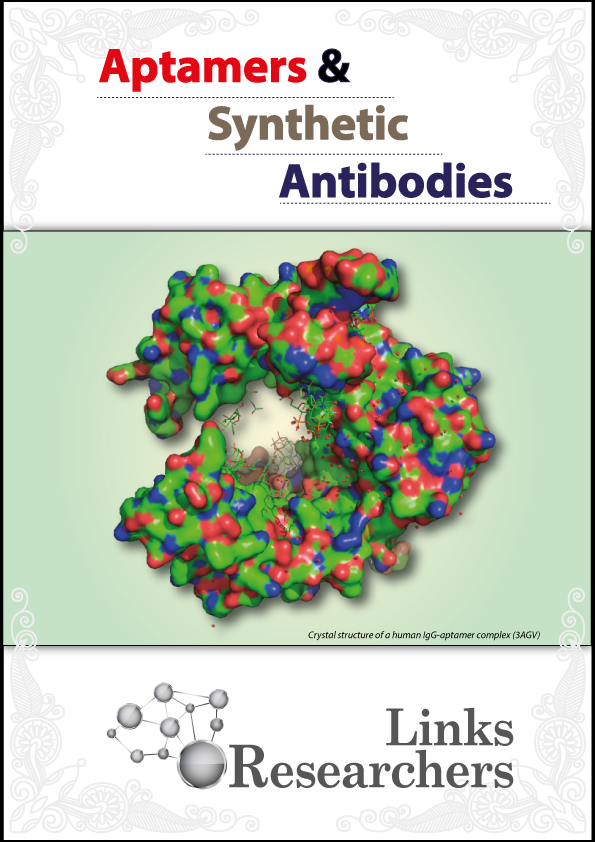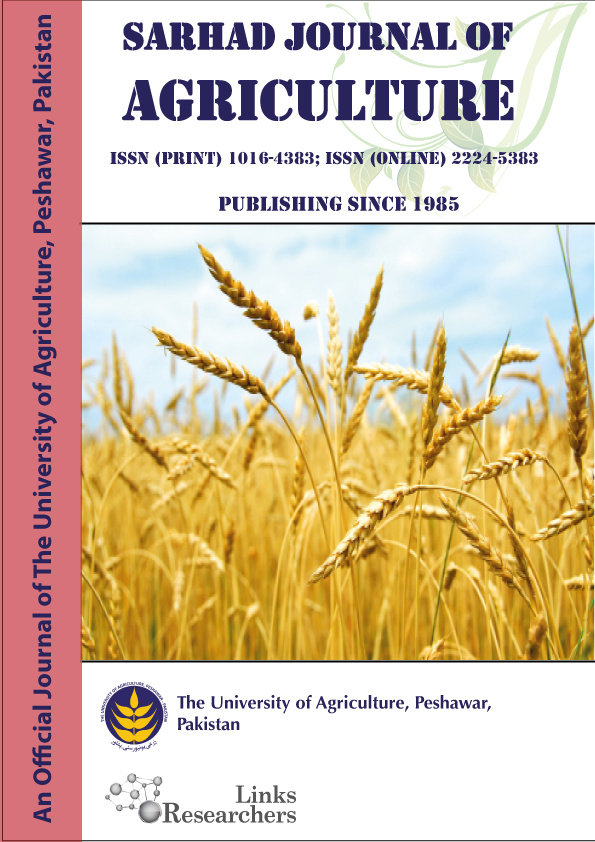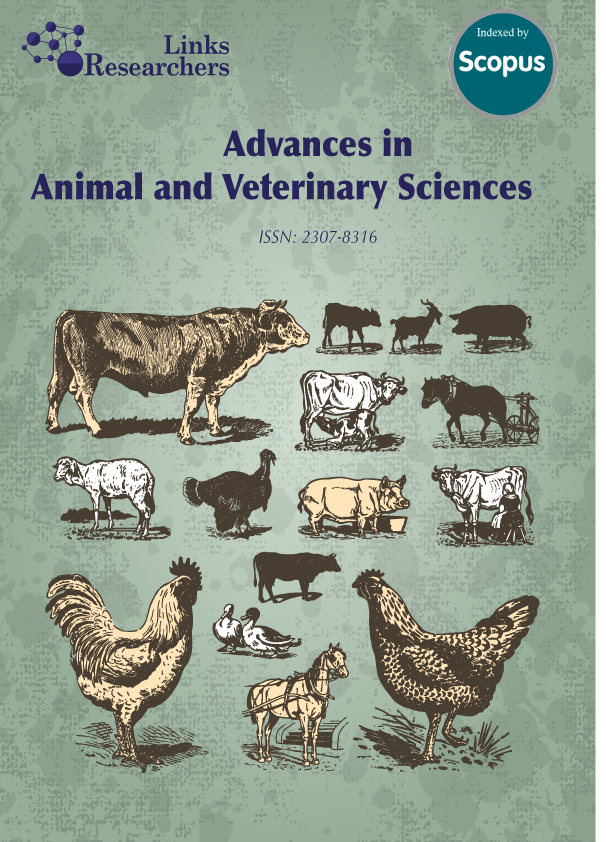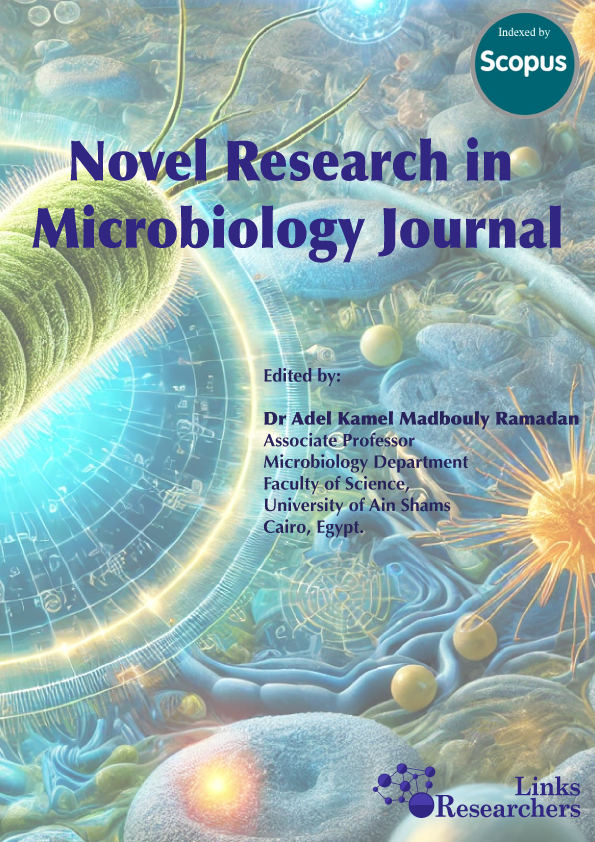John G. Bruno
Ali Zaman1, Nabila Roohi1 and Muhammad Irfan2*
Xiaopeng Tang1*, Kangning Xiong1 and Rejun Fang2*
Wuritunashun*, Burenbatu, Narenqiqige, Jiuguniang, Eerdunduleng, Shuanglian Wang, Cuiqin Gong, Hashengaowa, Huizhi Jin, Baiwurihan and Chunhaizi
Abdulaziz A. Alaqil*
Taidong Wang1, Xiaowei Huang1, Jian Huang2, Guangfu Lv3 and Zhe Lin1*
Li Min1, Yong Chen2, Shunying Wu3, Xuefei Zheng1 and Mucheng Xu1*
Laila Ibouzine-Dine1*, Inssaf Berkiks1,2, Hasnaa Mallouk1, Mouloud Lamtai1, Zineb El Marzouki1, Amal Dimaoui1, Abdelhalem Mesfioui1, Aboubaker El Hessni1
Girma Waktola1; Tasisa Temesgen2*
Bijay Kumar Shrestha1*; Manita Tumbahangphe1; Jenish Shakya1; Sujata Chauhan1
Zine El abidine Bzazou El Ouazzani1*; Laila Reklaoui1; Monsif El Madany2; Houda Benaicha3; Said Barrijal1
lipopolysaccharides (LPS), causing cell death. Currently, colistin is regarded as a last-resort
antibiotic for treating infections caused by Gram-negative bacteria (GNB). Overuse of colistin
in animal feed and human medicine has led to the appearance of genetic mutations and the
acquisition of mobile colistin resistance (mcr) genes associated with colistin resistance. The
rapid emergence of the plasmid colis...
Jiajia Wan1,2, Chi Zhang3, Xiaodi Li3, Longkang Liu3, Linxiu Peng3,4, Yuejian Liu2, Yang Qiu2, Guokai Wu2, Bo Zhang3*, Yan Wang3* and Tonghui Ma3*







